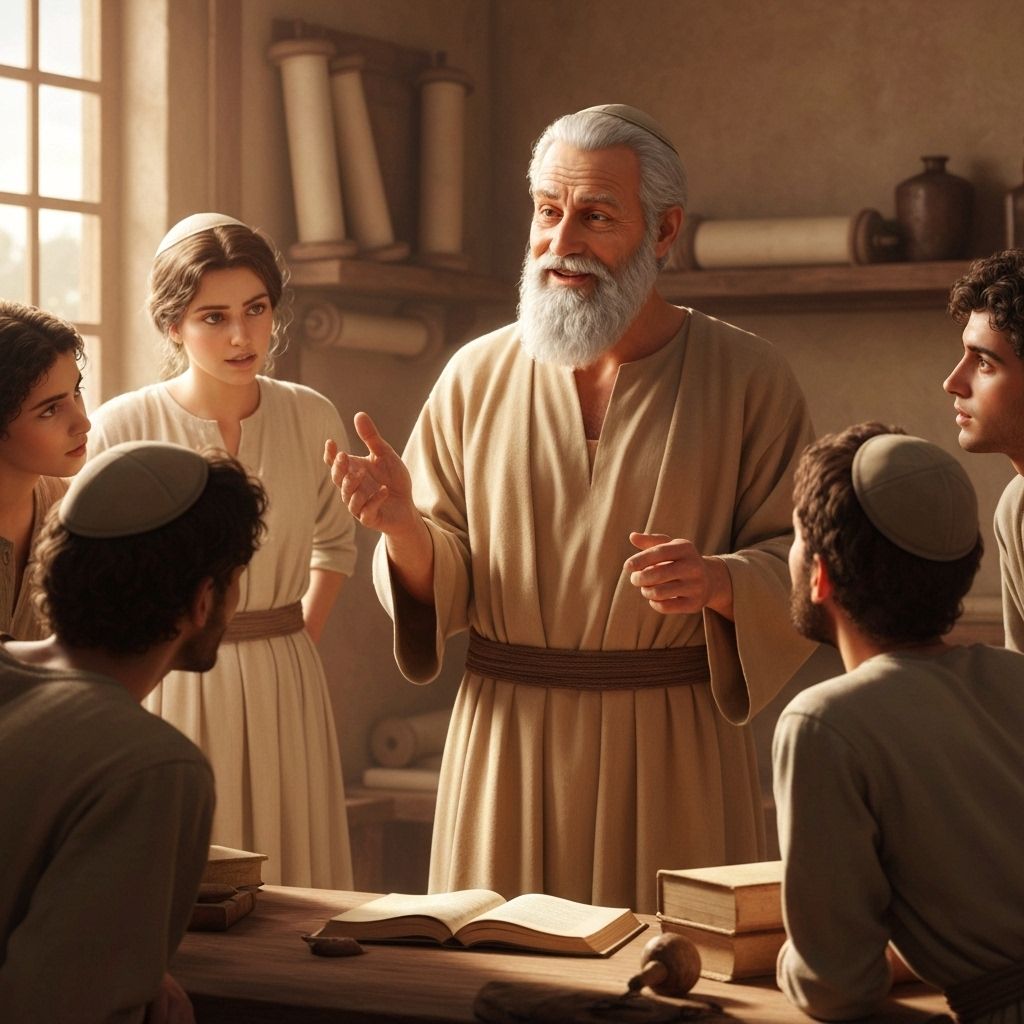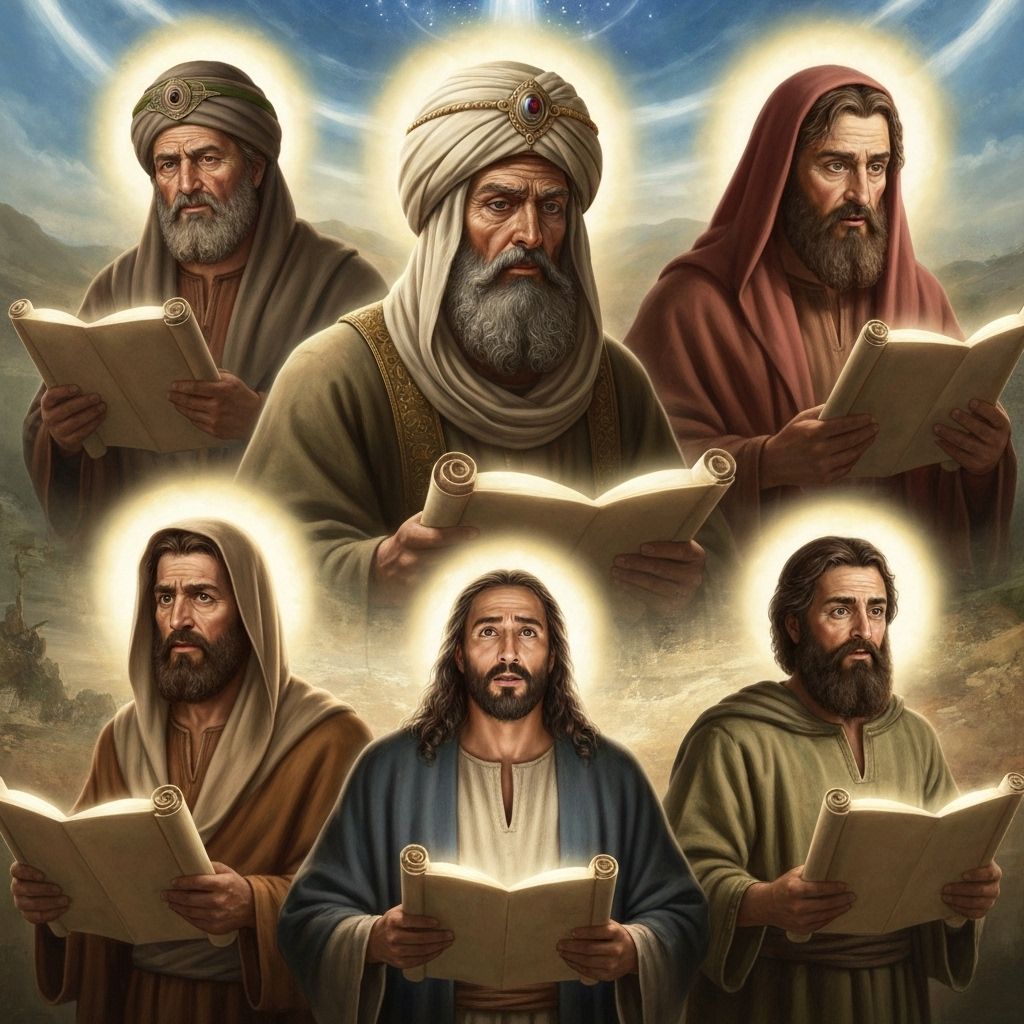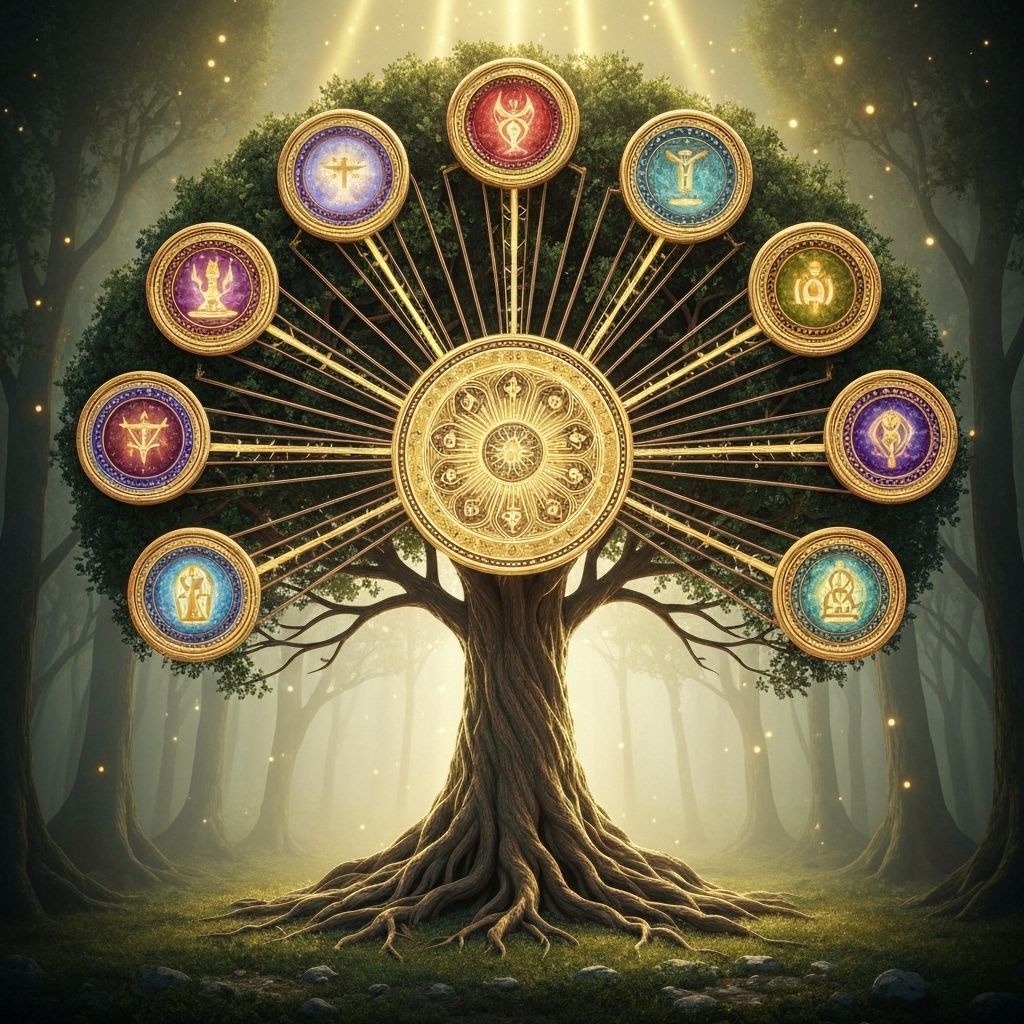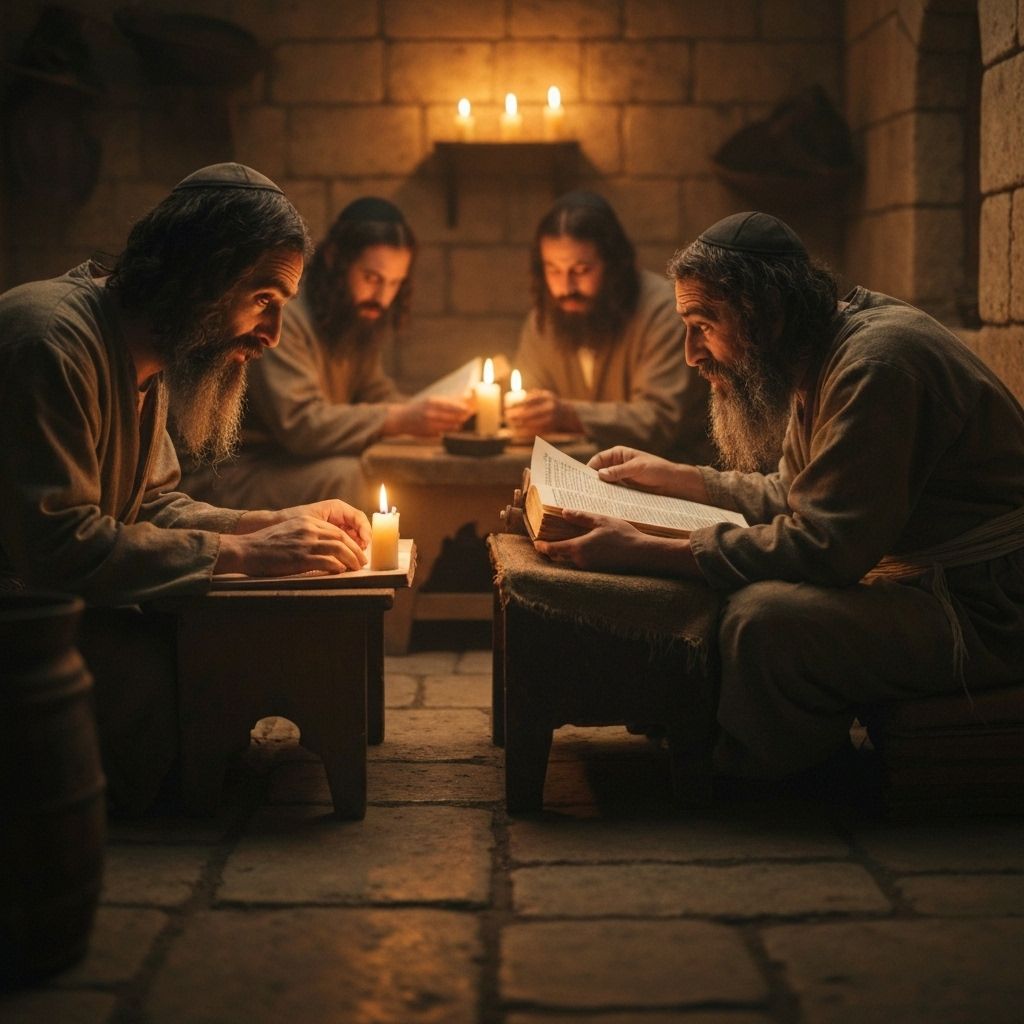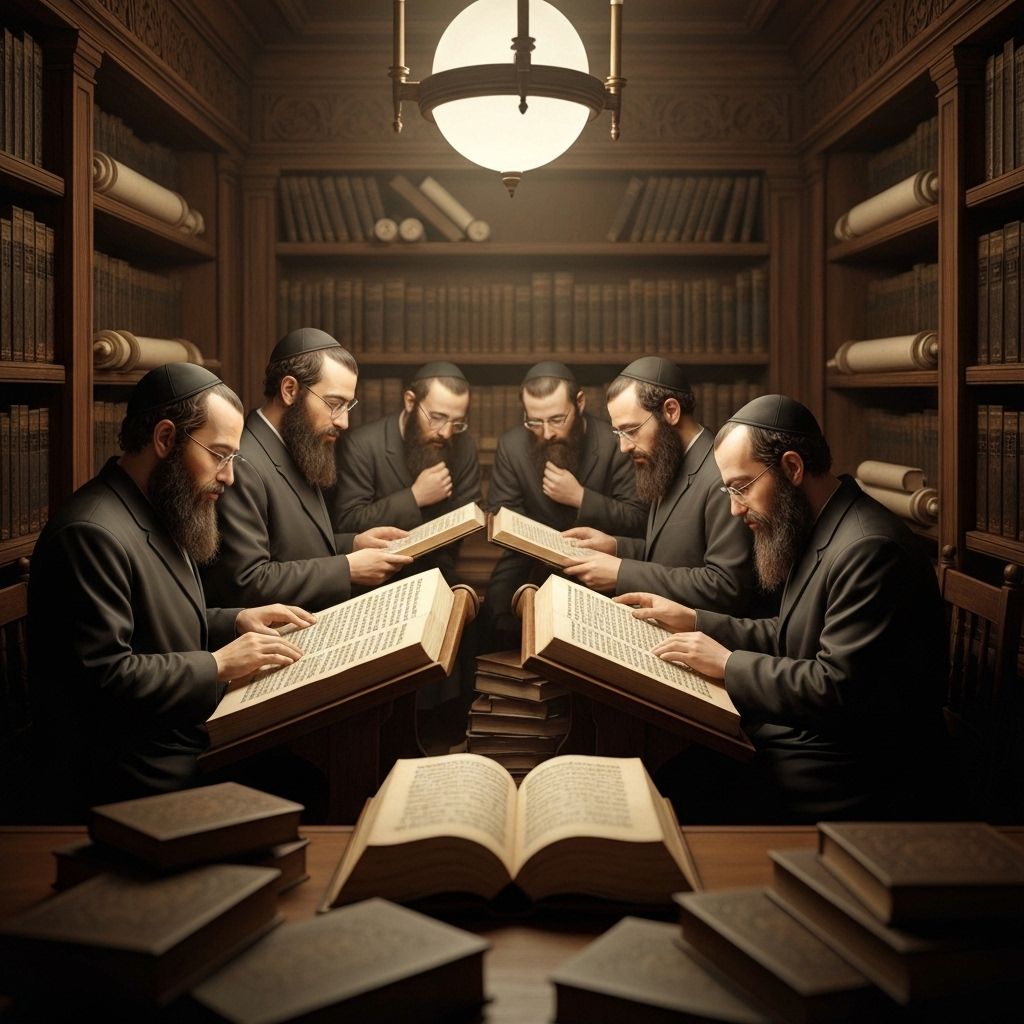3-Minute Summary
The Words of the Torah Explained with Help from Rashi and Ramban
Rashi (1040-1105) was a medieval French rabbi whose commentary on the Torah and Talmud is considered essential reading. His explanations focus on the plain meaning of the text and are known for their clarity and accessibility.
Ramban (1194-1270) was a Spanish rabbi, physician, and philosopher who provided deeper mystical and philosophical insights into the Torah, often building upon Rashi's work while adding his own profound interpretations.
The census establishes each person's value in divine eyes, counting males from 20 to 60 eligible for military service. This shows that divine care extends to every individual, not just the powerful or prominent.
The Levites are excluded from the general census because they are dedicated to divine service. Their separation emphasizes that some are called to full-time spiritual work, serving as intermediaries between Hashem and the people.
The Levites are counted separately and assigned cities within tribal territories. This integration ensures that spiritual servants live among the people they serve, maintaining connection between sacred and communal life.
The camp formation places the Mishkan at the center, with tribes arranged in specific order around it. This layout symbolizes that spiritual purpose must be central to communal organization and that all aspects of life should revolve around divine service.
The east-facing camp entrance represents spiritual awakening and divine approach. The directional assignments create order and prevent confusion in the large camp of over 2 million people.
The redemption of firstborn sons acknowledges their special status from the tenth plague but transfers their sacred duties to the Levites. This creates a system where the entire tribe serves in place of individual firstborns.
The Levites' special status as divine substitutes emphasizes that spiritual roles are assigned by Hashem, not chosen by humans. Their service maintains the covenantal connection between divine will and human community.


